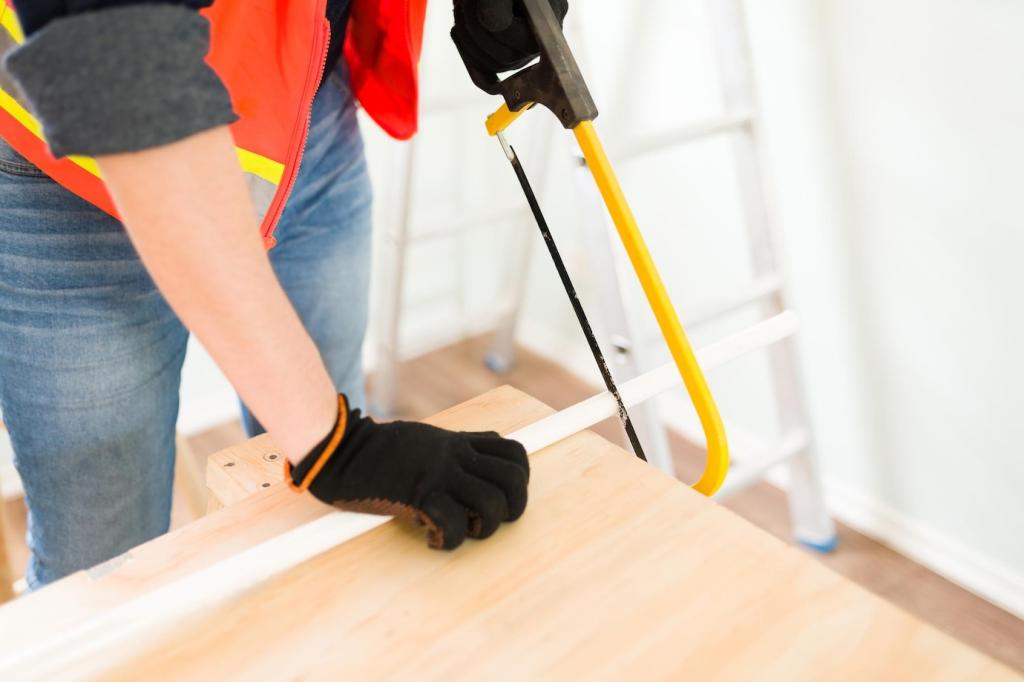Case Story: A Georgian Chair’s Second Chance
One Saturday, a collector noticed a fine dust ring under a Georgian side chair illuminated by a narrow beam of morning light. The holes were sharp, frass fresh, and the chair creaked faintly—enough evidence to start a calm, methodical plan.
Case Story: A Georgian Chair’s Second Chance
The chair was bagged, labeled, and frozen in two conservative cycles with long acclimatizations. Joints were injected with dilute hide glue, then lightly clamped. A discreet borate application targeted galleries. Humidity was stabilized, and monitoring dots recorded a quiet, uneventful spring emergence season thankfully.







